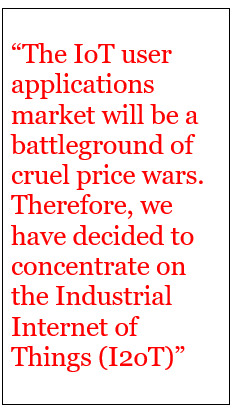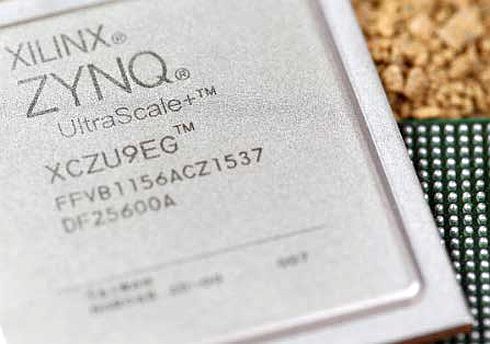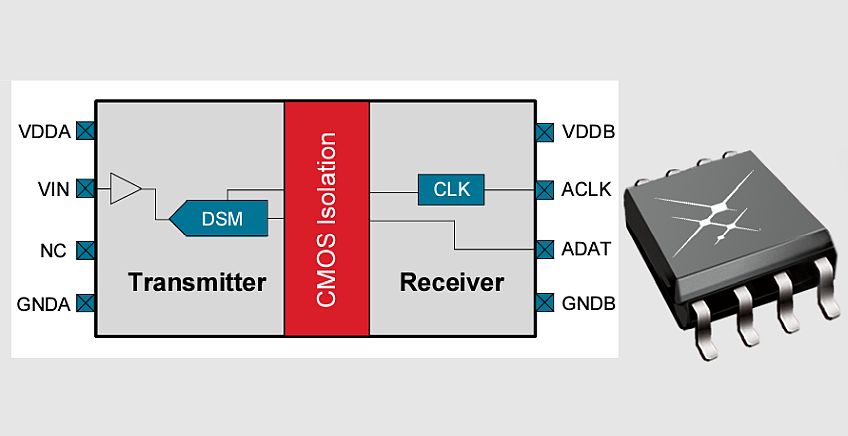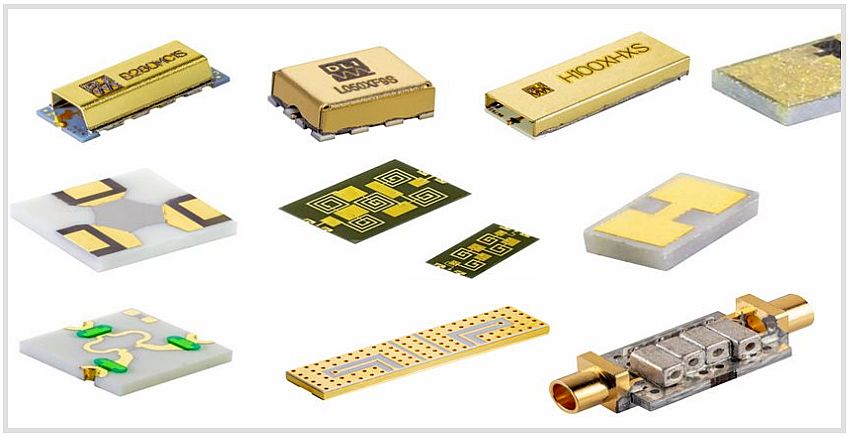Xilinx CTO: “We push our window of opportunities with 16 nano meter platforms”
17 April, 2016
Exclusive for Tectime: Xlinx CTO, Ivo Bolsens, explains why the FPGA provider prefers I2oT over IoT market, and how its 16 nano meter strategy was defined by the roadmap of Intel/Altera

Exclusive for Tectime: Xlinx CTO, Ivo Bolsens, explains why the FPGA provider prefers I2oT over IoT market, and how its 16 nano meter strategy was defined by the roadmap of Intel/Altera

The Chief Technology Officer of Xilinx, Ivo Bolsens, was a keynote speaker in Xilinx’s technology seminar in Israel earlier this month. Techtime took this opportunity to learn more about the future of Field Programmable Gate Array market, and how Xilinx shapes it strategy following the sale of its major competitor, Altera, to Intel Corp.
Bolsens: “FGPAs allow us to free the customer from the need to handle manufacturing problems in chip level. We give developers the ability to cheaply and rapidly build big SoCs, and drive them into the market.
 Tectime: Why the FGPA market is stagnated around $5 billion a year?
Tectime: Why the FGPA market is stagnated around $5 billion a year?
Bolsens: “The number of FPGA components used by the industry is growing exponentially. At the same time, the prices were dramatically reduced. As a result, revenues are not showing substantial growth, although the number of logical gates used by customers is actually growing considerably. The customers enjoy the benefits of lower prices.”
What are the FGPA market’s main growth engines?
“The data center market is of great importance to us. It is changing rapidly due to adaptation of Machine Learning technologies. and new concepts, such as Neuron Networks are becoming ever more important in the operation of data centers. Neuron Network require Data Flow operations, a task highly suitable for FPGA.
“The revolution of Big Data requires the use of much smarter storage devices, yet these should not cause a slowdown in data flow in and out the storage system. Another engine that drive the FPGA market is the expanding use of new NFV and SDN communication systems. In these systems, flowing data processing is of high importance, and many customers prefer to use FPGAs over the more traditional CPUs.”
Are you plan a specialized FPGA components for these markets?
“I expect to see specialization of our products for several fields, such as networks, video processing, video codec function and more. We call these fields “domains”, and I expect to see more specialized components for specific industrial domains. For example, we have recently announced a 16 nano meter video oriented platform, as well as a platform for wired communications. I expect this trend to continue”.

What is you position in 16 nano meter?
“This year, we are focused on launching our 16 nano meter products. We have a window of opportunity due to Intel and Altera’s difficulties in the manufacturing 14 nano meter components. This enables us to precede them through our 16 nano meter geometry. We believe we are at least one year ahead of them, and that is why we focus on execution this year, in order to make sure we take advantage of this opportunity”.
How did you manage to precede Intel/Altera?
“We work closely with TSMC, and as I see it, TSMC is determined to become world leader in Chip production. According to some estimates, TSMC has invested more capital in its manufacturing infrastructure and technology than Intel itself. This is why we decided to skip the 10 nanometer technology and go directly to 7 nano meter as our next technology. TSMC has announced it is planning to start production of 7 nano meter components as soon as 2017, and they are very confident in their ability to do so. We have strong are confidece in TSMC’s ability to meet this target”.
What about the emerging IoT market?
“The IoT user applications market will be a battleground of cruel price wars. Therefore, we have decided to concentrate on the Industrial Internet of Things (I2oT), which is another acronym for Industry 4.0. The Industrial market demands specialized capabilities such as great stability, scalability, reliability and robust security. It needs direct connectivity with data centers and many more capabilities, all of which we possess”.
“For example, the MPSoC Zynq UltraScale product family supplies the industry the first multi-processor programmable components (produced from 16 nanometer FinFET transistors). They have been designed to fulfill the requirements of embedded systems for applications such as computer vision in industrial applications, monitoring’ control and Advanced Driver Assistance Systems (ADAS). It provides Industrial Internet of Thins with solutions for data storage, real time analytics and decision making. The I2oT is very close to our natural habitat. We believe this is a big opportunities for us.”
Is this your first visit to Israel?
“Most certainly not. I visit here very often. My position as CTO demands a deep understanding of customer needs and what they want us to give them. In Israel, one learns a lot about that. Everyone here has a very clear opinion, and they eager to share it. This is why visits to Israel always stir up many ideas and thoughts about possible technological possibilities.”
Posted in: Featured Stories , News , Semiconductors , Technology



